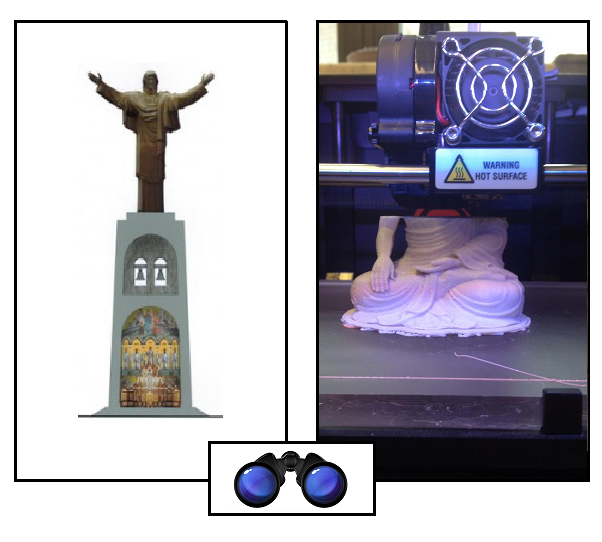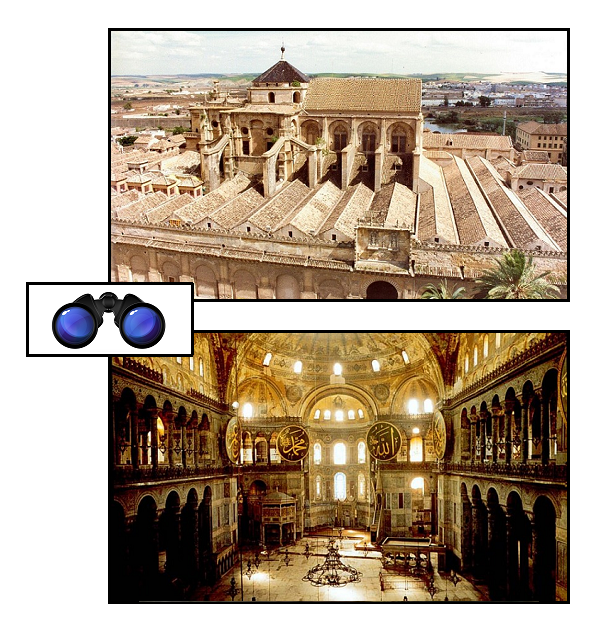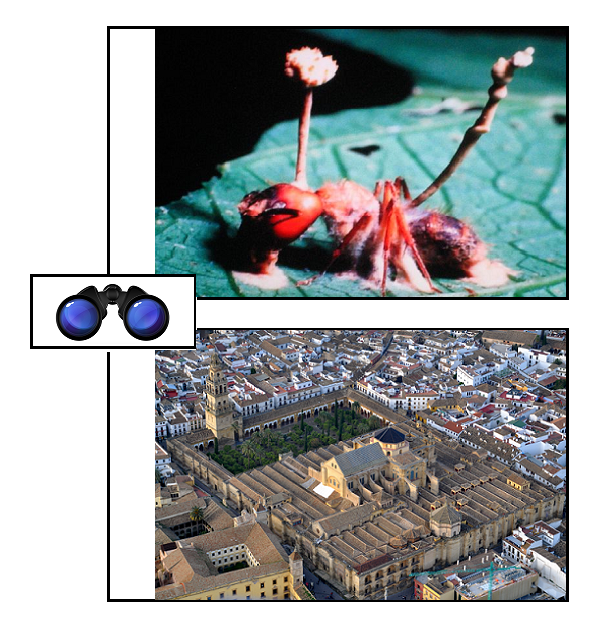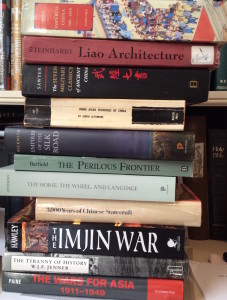[ by Charles Cameron — the bookstore in a church, spirituality in the movies, and the church in a mosque ]
.

**
There’s a recent post in the New Statesman titled The books of revelations: why are novelists turning back to religion?.
It seems to me that’s a difficult topic to prove or disprove, since it depends on which novelists you read before debating it, and perhaps even what your criteria for excellence in writing might be. I read very few novels these days, and tend to confine myself to those whose language, sentence by sentence, gives me joy to equal that of a topic I enjoy. John Fowles did that for me, John Le Carré, and most recently Ann Patchett with Bel Canto.
Are they turning back to religion? If they are, I haven’t noticed.
But then the novel isn’t where I go for story in any case, and if I suspect there’s a better medium to check in on, film would be my next choice up — and yes, Tarkovsky‘s The Sacrifice, even his Nostalghia — not to mention his Andrei Roublev — definitely yes. Kurosawa? Not so much: in his films it’s more a case of “all human life is there”.
**
This quote, from Adrei Tarkovsky’s Cinema of Spirituality, may be helpful:
In the entire history of cinema there has never been a director, who has made such a dramatic stand for the human spirit as did Andrei Tarkovsky. Today, when cinema seems to have drowned in a sea of glamorized triviality, when human relationships on screen have been reduced to sexual intrigue or sloppy sentimentality, and baseness rules the day – this man appears as a lone warrior standing in the midst of this cinematic catastrophe, holding up the banner for human spirituality.
What puts this director in a class all his own and catapults his films onto a height inaccessible to other filmmakers? It is, first and foremost, his uncompromising stance that man is a SPIRITUAL being. This may appear to be self-evident to some, and yet it is just on this very point that 99% of cinema fails. Man’s spirituality is quickly and conveniently pushed aside in favor of other more “exciting” topics: man’s sexuality, man’s psychology, sociology and so on. In today’s cinema, if spirituality is dealt with at all, it is never treated as the foundation of our existence, but is there as an appendage, something the characters concern themselves with in their spare time. In other words, while in other films spirituality may be PART of the plot, in Tarkovsky’s films it IS the plot; it permeates the very fabric of his films. It can be said that his films vibrate with his own spirituality. As he himself states, in all of his films the main characters undergo a SPIRITUAL crisis.
**
Whether sticking a stylish set of bookshelves and other trimmings in a beautiful old church should have won the Lensvelt de Architect prize in 2007 to the designers who added the bookshelves to an already stunning edifice is an interesting question. Is the beauty theirs, or borrowed? Have they incorporated the old church into “their” bookshop?
I think, too, of the Mezquita in Cordoba, with a cathedral dropped into the heart of it:
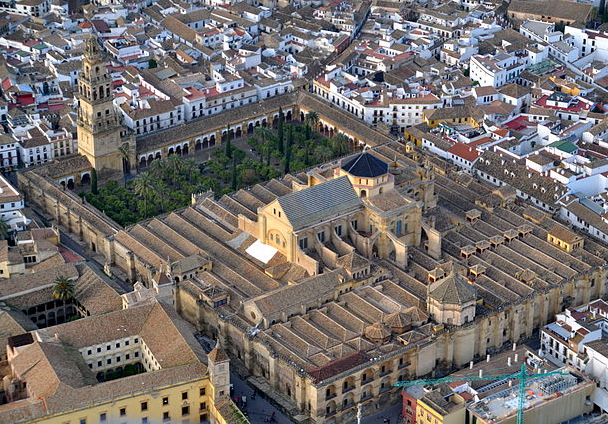
His Catholic Majesty King Charles V of Castile and Aragon said of this:
They have taken something unique in all the world and destroyed it to build something you can find in any city.
**
Is there an aesthetic principle we might consider here?
The Japanese haiku master Basho was once approached by his pupil Kikaku, who showed him this verse:
Dragonfly
I remove the wings
A pea pod!
Quickly Basho wrote in response and mild correction:
A pea pod
I place wings on it
A dragonfly!
Poetry, in Basho’s view, should lift us from the lesser to the greater, not bring the greater down to a lesser level. It’s an interesting concept, and one with wide potential application beyond the sphere of the arts.
**
Or — let’s cut the architects, Merkx+Girod, some slack, because the bookstore is indeed quite stunning! I love bookstores, yes, and I love cathedrals.
Is the whole thing, perhaps, a DoubleQuote in stone and stories?
